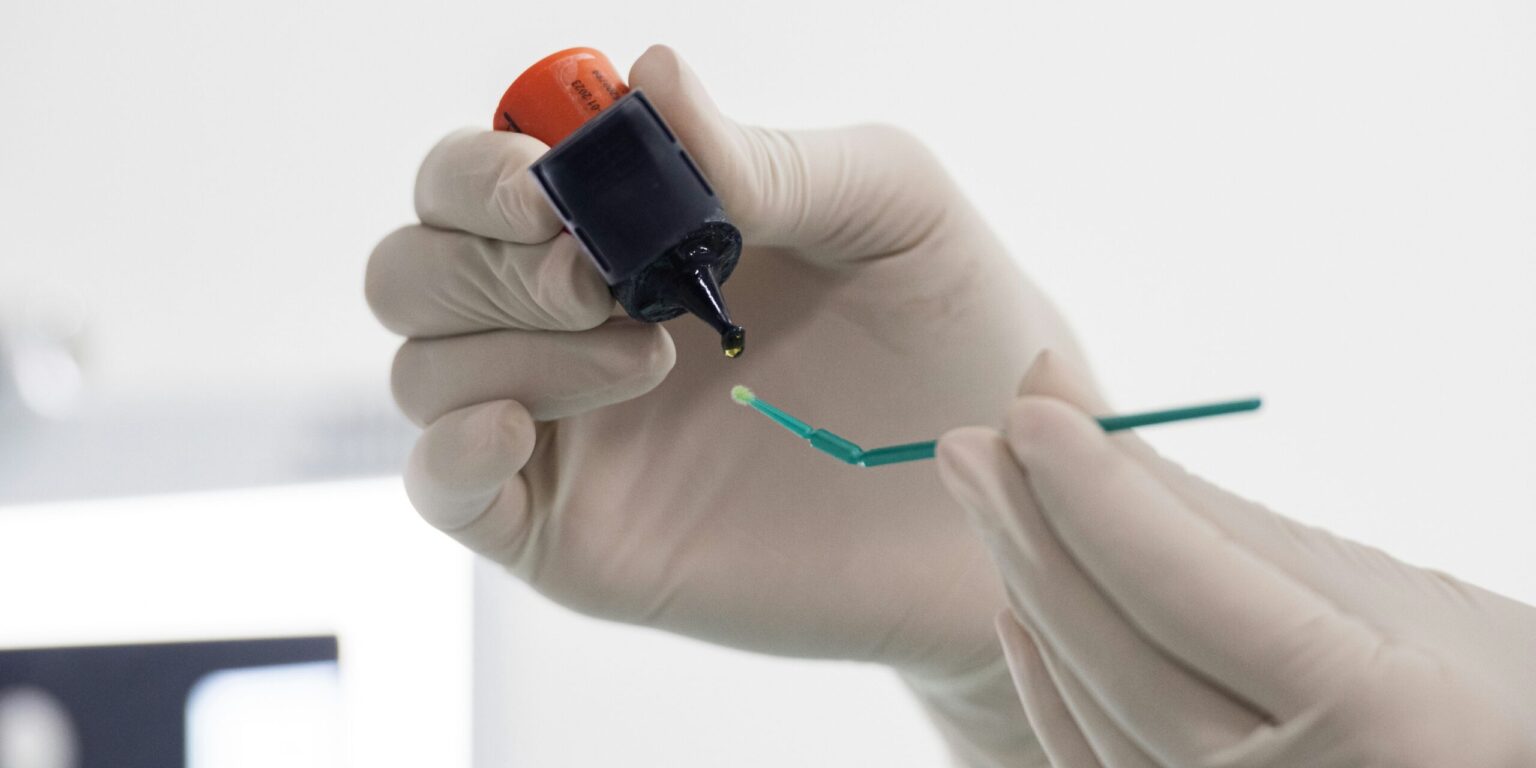Mayo Clinic announced the development of an artificial intelligence (AI) tool designed to detect surgical site infections (SSIs) from patient-submitted photographs. This innovation aims to facilitate early diagnosis and treatment, potentially reducing complications and hospital readmissions.
The newly developed AI system employs a two-stage model to analyze images for signs of infection, such as redness, swelling, and discharge. The first stage identifies whether an image contains a surgical incision, while the second assesses the incision for potential infection indicators. This approach enables healthcare professionals to receive prompt assessments, supporting timely interventions.
Trained on over 20,000 images from more than 6,000 patients across nine Mayo Clinic hospitals, the AI model demonstrated a 94% accuracy rate in detecting incisions and an 81% area under the curve (AUC) in identifying infections. These results suggest the tool’s potential in enhancing postoperative care, particularly for patients in remote or underserved areas.
By enabling remote monitoring, the AI tool supports postoperative care beyond traditional clinical settings. Patients can submit images through online portals, allowing for continuous monitoring without the need for frequent in-person visits. This capability is especially beneficial for individuals in rural locations or those with limited access to healthcare facilities.
Dr. Cornelius Thiels, a hepatobiliary and pancreatic surgical oncologist at Mayo Clinic and co-senior author of the study, emphasized the tool’s potential impact: “Our AI model can help triage these images automatically, improving early detection and streamlining communication between patients and their care teams.”
Surgical site infections are a significant concern in postoperative care, often leading to prolonged hospital stays and increased healthcare costs. By facilitating early detection, the AI tool aims to mitigate these issues, improving patient outcomes and reducing the burden on healthcare systems.
The development of this AI system aligns with broader efforts to integrate technology into healthcare practices, enhancing efficiency and patient care. As outpatient operations and virtual follow-ups become more common, tools like this AI model are poised to play a crucial role in modernizing postoperative monitoring.
While the AI tool shows promise, further validation is necessary before widespread implementation. Ensuring the model’s accuracy across diverse populations and surgical procedures is essential to its success. Additionally, considerations regarding patient privacy and data security remain paramount in the deployment of such technologies.
Dr. Hala Muaddi, a hepatopancreatobiliary fellow at Mayo Clinic and first author of the study, noted the broader implications: “This work lays the foundation for AI-assisted postoperative wound care, which can transform how postoperative patients are monitored.”
As healthcare continues to evolve, integrating AI tools like this one may become increasingly common, offering new avenues for patient engagement and care delivery. The Mayo Clinic’s initiative represents a step forward in harnessing technology to address longstanding healthcare challenges.
